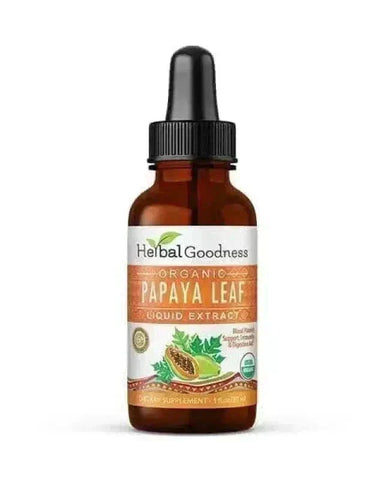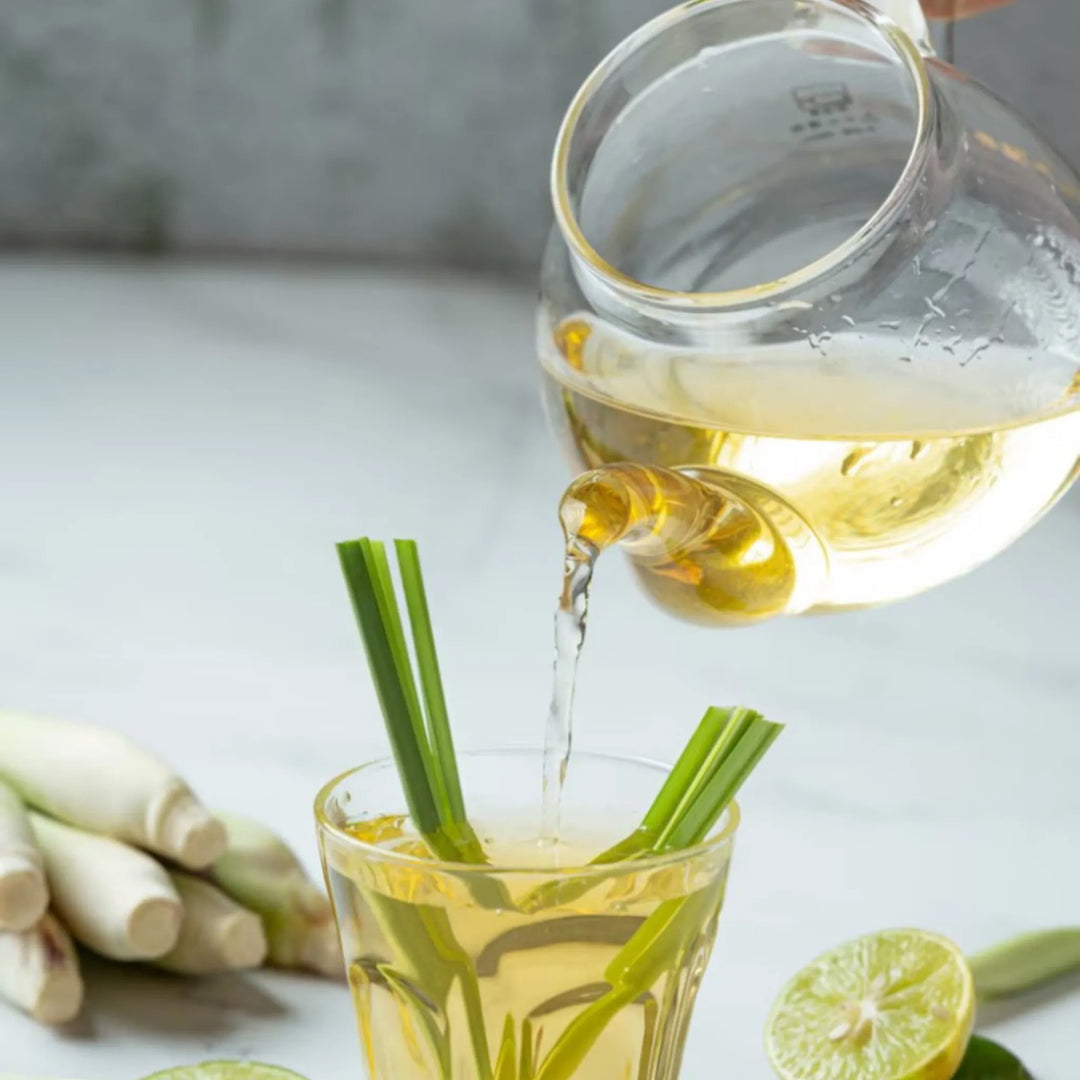History of Carica Papaya | Herbal Goodness
Carica papaya L. belongs to the family Caricaceae and has long been valued as a fast-growing, space-efficient, multipurpose tropical plant. Across regions, the name varies, papaya, papaw/pawpaw (Australia/West Indies), papaye/papayer (French), and lechosa/papayo/papayero (Spanish), reflecting its wide cultural footprint.
Botanical Description
Papaya is a large, soft-stemmed herb that can reach 6–9 m in height. Leaves emerge in a spiral near the crown on hollow petioles, typically with 5–9 lobes. Plants may bear pistillate (female), staminate (male), or perfect (bisexual) flowers. Fruit shapes range from oval to pyriform or elongated, commonly 15–50 cm long, with thin, waxy skin that turns yellow as it ripens. The flesh may be yellow to deep orange or salmon-red, with a central cavity containing numerous peppery, black seeds.
Origin & Distribution
Papaya is believed to be native to tropical America (southern Mexico/Central America). By the 1500s, seeds and cultivation spread throughout the Caribbean, Latin America, and later to Asia and Africa. Today, papaya is familiar across most tropical and subtropical regions.
Varieties & Selections (Global Highlights)
Breeding programs have produced diverse selections for fruit quality, handling, and storage:
-
Hawaii: ‘Solo’ group (including ‘Kapoho Solo’, ‘Waimanalo’, ‘Sunrise Solo’) favored for eating fresh and export quality.
-
South Africa: ‘Hortus Gold’ and ‘Honey Gold’ known for color and texture.
-
Australia: Historical lines such as ‘Bettina’, ‘Petersen’, and improved hybrids for market and canning.
-
India: Selections such as ‘Coorg Honey Dew’, ‘Washington’, ‘Co. 1/Co. 2’, and Pusa lines focused on yield, texture, and storage.
-
Caribbean & Latin America: Local selections adapted for fresh markets and processing.
Pollination & Fruit Set
Where stands are not entirely bisexual, growers use hand-pollination and bagging to guide fruit set and maintain desired plant types. Bisexual blossoms can self-pollinate; targeted crosses are used to balance fruit characteristics and plant structure.
Climate & Soil
Papaya thrives in warm, frost-free locations with ample water and good drainage. It performs best in light, well-aerated soils rich in organic matter, with an optimal pH of ~5.5–6.7.
Propagation
Papaya is commonly grown from seed. Good practices include selecting the aril out before drying and sowing, using clean media, and transplanting carefully to protect roots. Vegetative methods (cuttings, layering, grafting) and tissue culture are used in some programs to preserve desired traits.
Seasonality & Spacing
Depending on climate, plants may flower within months of transplanting and can bear continuously for multiple seasons. Typical spacings range from 1.8–2.4 m between plants to allow airflow, canopy light, and harvest access.
Field Culture
Consistent irrigation, balanced nutrition, mulching, and wind protection support strong growth and steady fruiting. Thinning crowded young fruit helps uniform shape and minimizes pressure damage. Pruning or topping older plants can encourage branching and facilitate harvest where appropriate.
Harvesting & Yield
Papayas are usually harvested at first visible color break for shipping or later for local markets. Careful handling reduces latex staining and skin scuffs. Well-managed plants can yield regularly through the main production window.
Postharvest Handling
Common practices include gentle washing, sorting, and protective packing. Controlled ripening and temperature/humidity management help maintain quality during distribution.
Crop Care: Common Stressors (Non-Medical, Agronomic)
In tropical horticulture, papaya, like many crops, faces agronomic stressors (e.g., insects, moisture stress, and leaf or fruit surface issues). Growers typically focus on:
- Good sanitation and hygiene in fields and packing.
- Canopy management for airflow and sun protection.
- Thoughtful irrigation and nutrition to support resilient growth.
Culinary Uses
- Fresh fruit: Enjoyed raw when ripe, alone or in fruit salads and breakfast bowls.
- Savory uses: Firm-ripe fruit can be baked or incorporated into chutneys and preserves.
- Beverages & desserts: Juices, nectars, purées, and frozen blends are popular in many regions.
- Green fruit & young leaves: In some cuisines, cooked green fruit and prepared young leaves are used in traditional dishes (properly cooked and handled).
Food Value (Nutrition Overview)
Papaya provides:
- Vitamin C and provitamin A carotenoids (e.g., cryptoxanthin).
- B-vitamins in modest amounts.
- Minerals such as potassium, with small amounts of calcium and iron.
(Nutrition notes are general and do not imply any medical effect.)
Papain: Culinary & Industrial Uses
Papaya latex contains papain, a proteolytic enzyme widely used for:
- Food preparation: Commercial meat tenderizers and beverage clarification.
-
Processing & manufacturing: Selected textile and material applications.
Modern handling focuses on food-grade and industrial purposes; usage directions from manufacturers should be followed.
Explore Papaya at Herbal Goodness
Discover Carica papaya, inspired options for kitchen creativity, smoothies, and everyday routines. Enjoy the fruit’s vibrant flavor profile and culinary versatility.
Try Our Best-Selling Papaya Leaf Extract
Experience the purity and freshness of Herbal Goodness Organic Papaya Leaf Extract, crafted from premium papaya leaves to support everyday wellness, energy, and vitality.
Add it to your favorite tea, juice, or smoothie as part of your daily health routine.
Shop now and bring nature’s goodness to your cup.













